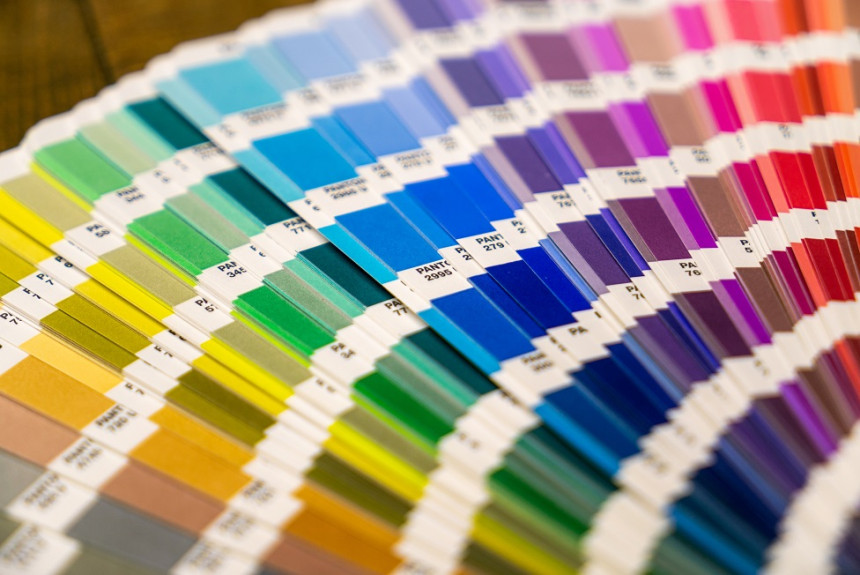In the world of modern lighting, energy efficiency and long-term performance are top priorities. As more homes, businesses, and industries shift to LED lighting solutions, a crucial but often overlooked component makes all the difference: LED drivers. These small but powerful devices serve as the backbone of LED lighting systems, ensuring optimal functionality and extending the life of the lights themselves. In this article, we explore how LED drivers improve the lifespan of your lighting system and why choosing the right one is vital for performance, safety, and savings.
What Are LED Drivers?
To understand how LED drivers improve the lifespan of lighting systems, it helps to first understand what they are. An LED driver is an electrical device that regulates the power to an LED or a string of LEDs. Unlike traditional light bulbs that operate directly on standard household current (typically 120V or 240V), LEDs require a constant and carefully managed low-voltage current to function properly.
LED drivers convert high voltage AC (alternating current) 110V/ 220V/ 240V to low voltage DC (direct current) 24V/ 36V/ 48V, while also maintaining a constant current or constant voltage flow to the LEDs. This regulated output ensures that LEDs receive the exact amount of power they need to perform efficiently without burning out prematurely.
The Role of LED Drivers in Protecting LEDs
LEDs are highly sensitive to fluctuations in voltage and current. Even minor surges or drops can degrade their performance or cause immediate failure. This is where LED drivers come into play:
1. Preventing Overheating
LED drivers help manage thermal output by controlling the amount of power that flows through the LED. Excessive current can cause LEDs to overheat, which significantly shortens their lifespan. A high-quality LED driver includes thermal management features that prevent this issue by shutting down or reducing power during unsafe temperature levels.
2. The Consistent Current Supply
LEDs need a consistent current supply to maintain optimal brightness and efficiency. LED drivers ensure a stable output, preventing flickering and erratic lighting that can result from unregulated power. Over time, this consistency protects the internal components of the LED, preserving their integrity.
3. Surge Protection
Electrical surges are common, especially in areas with unstable grids or during storms. LED drivers often include surge protection mechanisms to absorb these fluctuations and prevent them from reaching the LED lights. This not only shields the LEDs from immediate damage but also protects them from cumulative stress that reduces lifespan.
Enhancing Efficiency and Reducing Stress
Another way LED drivers improve the lifespan of lighting systems is by enhancing energy efficiency and reducing operational stress on the LEDs.
1. Power Factor Correction
Modern LED drivers come with power factor correction features that minimize wasted energy. A high power factor means less power is lost in the system, translating to lower energy bills and a more environmentally friendly operation. By reducing energy waste, the LEDs are subjected to less thermal stress, which contributes to a longer operating life.
2. Dimming Capabilities
Many LED drivers support dimming functions, allowing users to adjust brightness levels according to their needs. Dimming not only creates a customizable lighting experience but also reduces power consumption when full brightness is unnecessary. Lower power use means less heat and stress on the LEDs, thereby extending their lifespan.
3. Load Management
Some advanced LED drivers can balance loads across multiple LED units. This ensures even power distribution, which prevents overloading and overheating of individual LEDs. Balanced load management results in uniform performance and longevity across the entire lighting system.
Environmental Protection and Durability
LED drivers also contribute to the overall durability of lighting systems by providing protection against environmental factors.
1. Moisture and Dust Resistance
LED drivers designed for outdoor or industrial use are often housed in sealed enclosures that resist moisture and dust. By shielding the internal components from harsh environments, these drivers prevent corrosion and malfunction, which would otherwise lead to early system failure.
2. Temperature Regulation
Outdoor and industrial lighting systems are frequently exposed to extreme temperatures. High-quality LED drivers are engineered to operate within a wide temperature range, maintaining consistent performance regardless of weather conditions. This adaptability prevents damage to both the driver and the connected LEDs.
Longevity and Total Cost of Ownership
The most tangible benefit of using quality LED drivers is the significant increase in the total lifespan of the lighting system. LEDs themselves are designed to last tens of thousands of hours. However, without the right driver, their full potential cannot be realized.
By maintaining a safe and stable operating environment, LED drivers enable LEDs to run at optimal efficiency for their entire rated lifespan. This reduces the frequency of replacements, lowers maintenance costs, and ensures a consistent lighting experience.
Furthermore, fewer replacements and repairs mean lower total cost of ownership over time. Although a high-quality LED driver may be more expensive upfront, the long-term savings in energy, labor, and replacement costs make it a smart investment.
Choosing the Right LED Driver
Not all LED drivers are created equal. When selecting LED drivers, consider the following factors to ensure it supports the longevity of your lighting system:
- Voltage and Current Rating: Match the driver’s output with the LED specifications.
- Dimming Compatibility: Ensure compatibility with your desired control systems.
- Environmental Rating: Choose IP-rated drivers for moisture or dust-prone environments.
- Certifications: Look for UL, CE, or other safety and quality certifications.
- Surge Protection: Especially important in areas with unstable power supply.
Working with a trusted LED drivers supplier or consulting with a lighting professional can help ensure that the driver you choose is suited to your specific application.
Conclusion
In summary, LED drivers are essential components that significantly improve the lifespan of your lighting system. By delivering stable power, managing heat, protecting against surges, and enabling efficient energy use, these devices ensure that your LED lights function safely and effectively for years to come.
Investing in a high-quality LED driver isn’t just about getting the lights to turn on — it’s about ensuring they stay on, efficiently and reliably, for as long as possible. Whether you’re lighting a home, office, or industrial space, understanding and leveraging the benefits of LED drivers can lead to smarter, longer-lasting lighting solutions.





